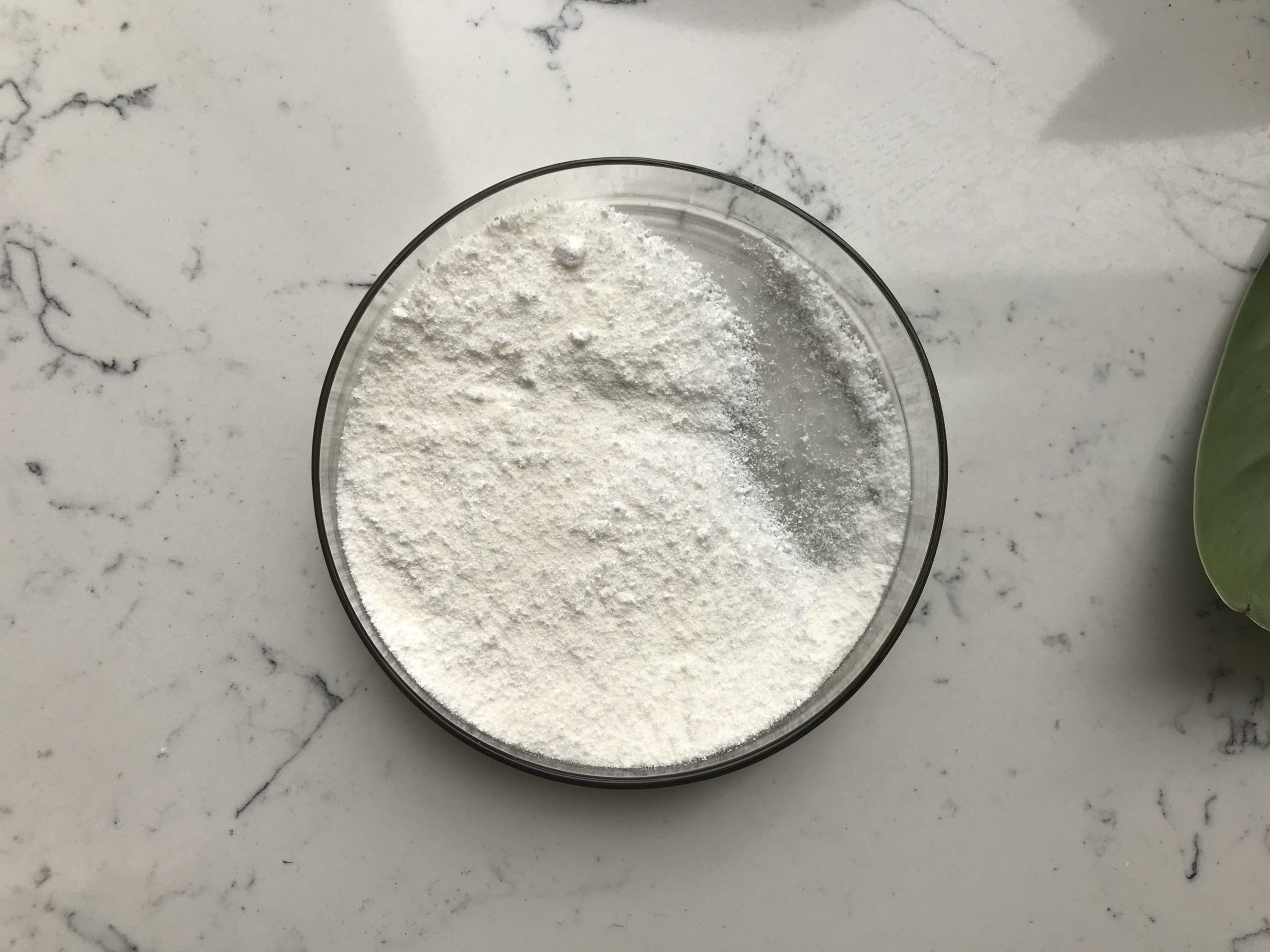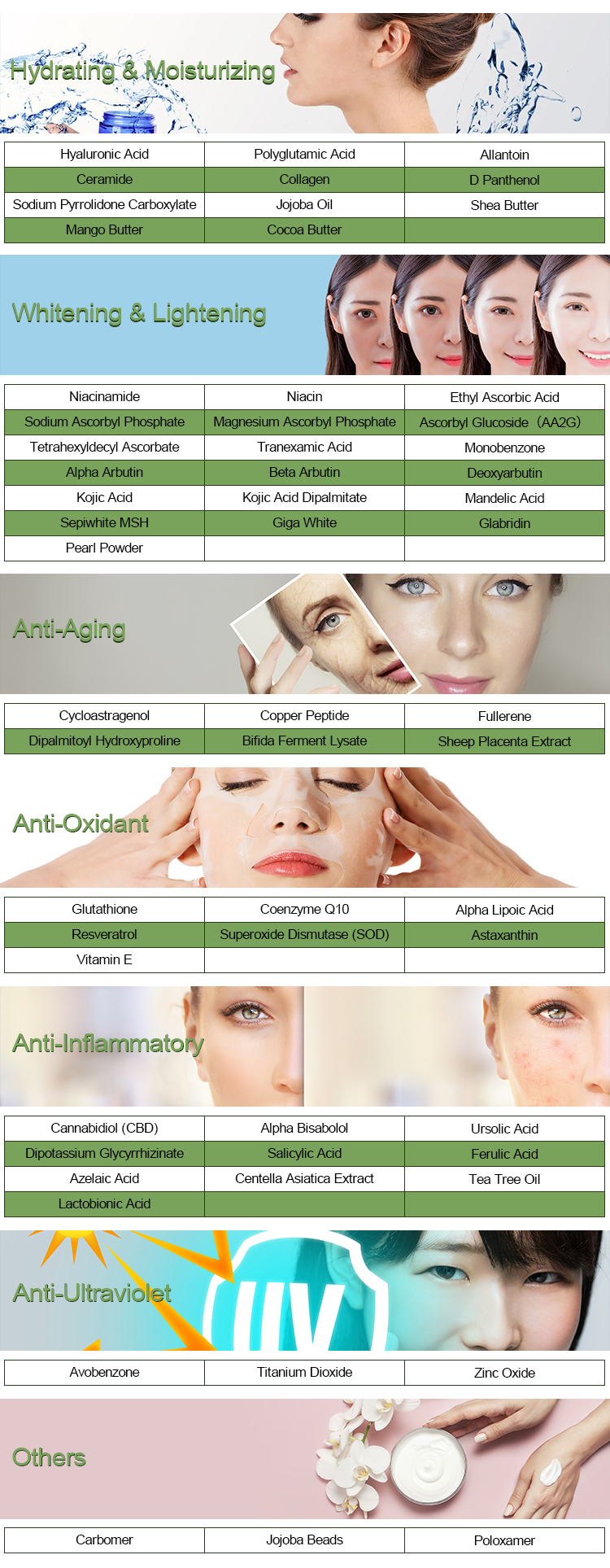Polyglutamic acid (PGA) is a polymer of the amino acid glutamic acid. It is commonly found in nature, particularly in the fermentation products of certain bacteria, such as Bacillus subtilis. Here are the key characteristics of polyglutamic acid:
1. Structure and Composition
- Polymerization: Polyglutamic acid consists of repeated units of glutamic acid, which is an amino acid with a carboxyl group (-COOH) and an amino group (-NH2) attached to a central carbon atom.
- Length of Chain: The length of the polymer chain can vary, typically ranging from a few units to hundreds of units.
- Peptide Bonds: The glutamic acid monomers are linked together via peptide bonds, which form between the amino group of one glutamate unit and the carboxyl group of the next.
2. Chemical Properties
- Solubility: Polyglutamic acid is soluble in water, particularly in neutral or slightly alkaline conditions. Its solubility increases with the length of the polymer chain.
- Acidity: As polyglutamic acid contains multiple carboxyl groups (-COOH), it is acidic and can release protons in solution, lowering the pH.
- Ionic Nature: At higher pH values, polyglutamic acid can deprotonate, resulting in a negatively charged polymer. This property is especially relevant for its interactions in biological and industrial contexts.

3. Biological and Environmental Functions
- Biodegradability: Polyglutamic acid is biodegradable and can be broken down by natural microbial processes.
- Water Retention: It is often used for water retention in agriculture and cosmetics, as it can form hydrogels that hold large amounts of water.
- Film-Forming: Polyglutamic acid has the ability to form films, which makes it useful in drug delivery systems and coating applications.
4. Uses in Industry and Medicine
- Cosmetics and Skincare: Due to its water retention and moisturizing properties, polyglutamic acid is used in skincare products. It can help improve skin hydration and elasticity.
- Agriculture: In agriculture, polyglutamic acid is utilized as a soil conditioner to improve water retention and as a biodegradable polymer for controlled release of fertilizers and pesticides.
- Food Additive: It is sometimes used in the food industry as a thickening agent or preservative.
- Drug Delivery: Polyglutamic acid can be used in drug delivery systems, particularly in controlled release formulations, due to its ability to form stable gels or networks.
- Wound Healing: Its biocompatibility makes it a candidate for use in wound healing products, as it can promote moisture retention in the healing area.
5. Advantages and Limitations
Advantages:
- Biodegradable and eco-friendly.
- Non-toxic and biocompatible.
- Excellent water retention and hydration capabilities.
- Can be used in various formulations due to its versatile physical properties.

Limitations:
- The production cost can be high compared to simpler polymers.
- The biodegradation rate might be variable, depending on the environmental conditions.
In summary, polyglutamic acid is a versatile and useful biopolymer with applications across various industries, including cosmetics, agriculture, and medicine, due to its unique physical and chemical properties.
